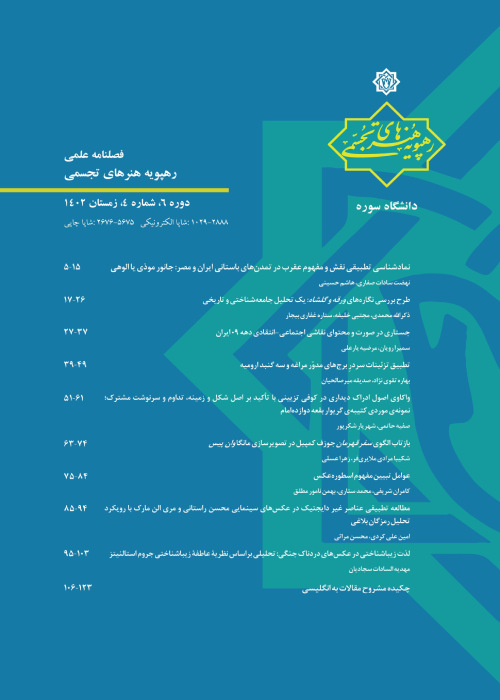The Role of Political Discourses in Formation of Public Art: A Case Study of 1980’s Murals in Iran
Cultural policymakers invite artists from the studio to the public space to make art public. But their selection from works of art is often politically motivated. Public art is linked to politics. Especially at important durations such as revolutionary events. In Iran, too, the Islamic Revolution had a profound effect on the meaning of public art, or art that can (or should) become public. After the revolution, some works of art were removed from the public space and replaced, and new works of art were displayed as memorials and murals. Artistic monuments are in line with political goals and reproduce political discourse. During the revolution, many artists became line up with this popular movement. Of course, just as in the years after the victory of the revolution there was a difference between the revolutionary forces with religious, liberal and Marxist tendencies, there was a difference of opinion in the definition of public art and art that should come to the public space. Just as religious forces overcame other revolutionary forces, religious arts with a religious orientation prevailed over other trends in the definition of public art. Public art in Iran was a revolutionary art that was influenced on the one hand by Marxist tendencies and Latin American art, and on the other hand by religious views. The mural was derived from the conditions of the revolution and the visual language of the revolution, which continued in the following decades. Of course, with the political developments, the form and theme of the mural also changed.The goal of this article is how murals have become a visual representation of political discourses and manifestation of the systems of power. This study focuses specifically on murals from the 1980s, as its legacy was emphasized by cultural policymakers in Iran in later decades. Therefore, the main question of this research is this, what was the cause and context of the formation of mural painting in this decade? The methodology of this article to answer this question is qualitative and based on a grounded approach (Grounded Theory). The trend study in this research is based on documents, conversations and observations to describe the paradigm model (causal, intervening, strategy, consequence and context) of the emergence of the mural phenomenon. The results showed how the purification discourse and Cultural cleansing produced a form of public art with signs of enduring values, political unity, and the cohesion of collective morality in the 1980s. This movement of art, which can be described as committed art and Maktabi Art, included a picture of Shiite thought in murals, political messages and manifestations, and unifying themes.


